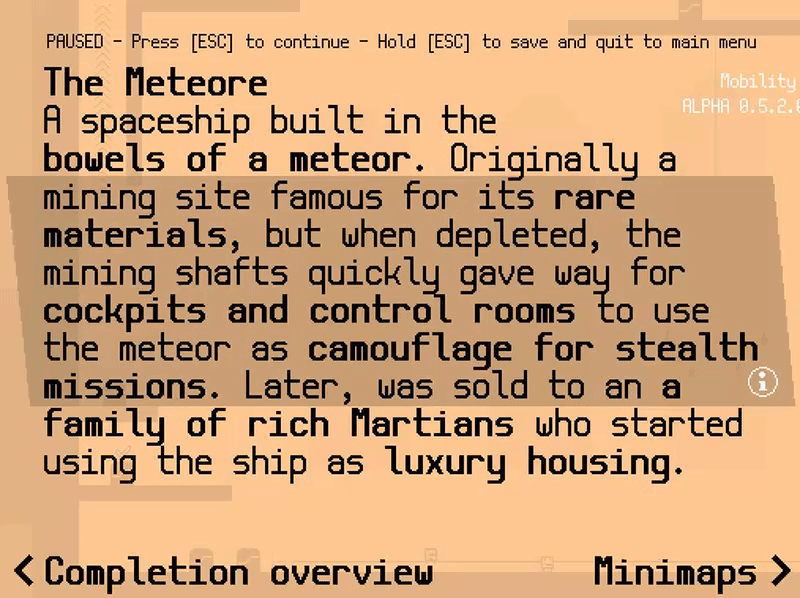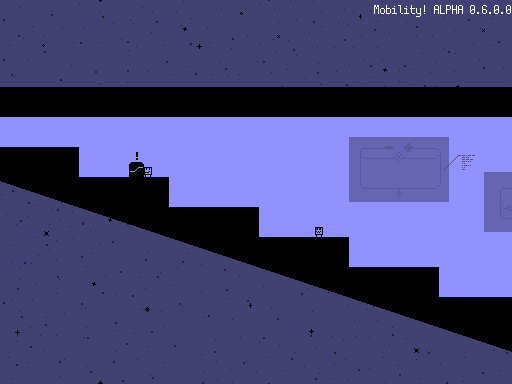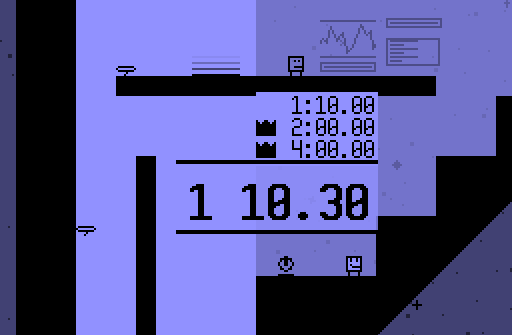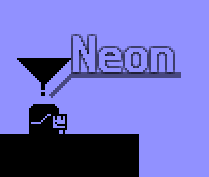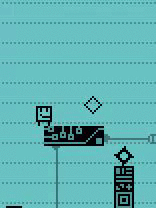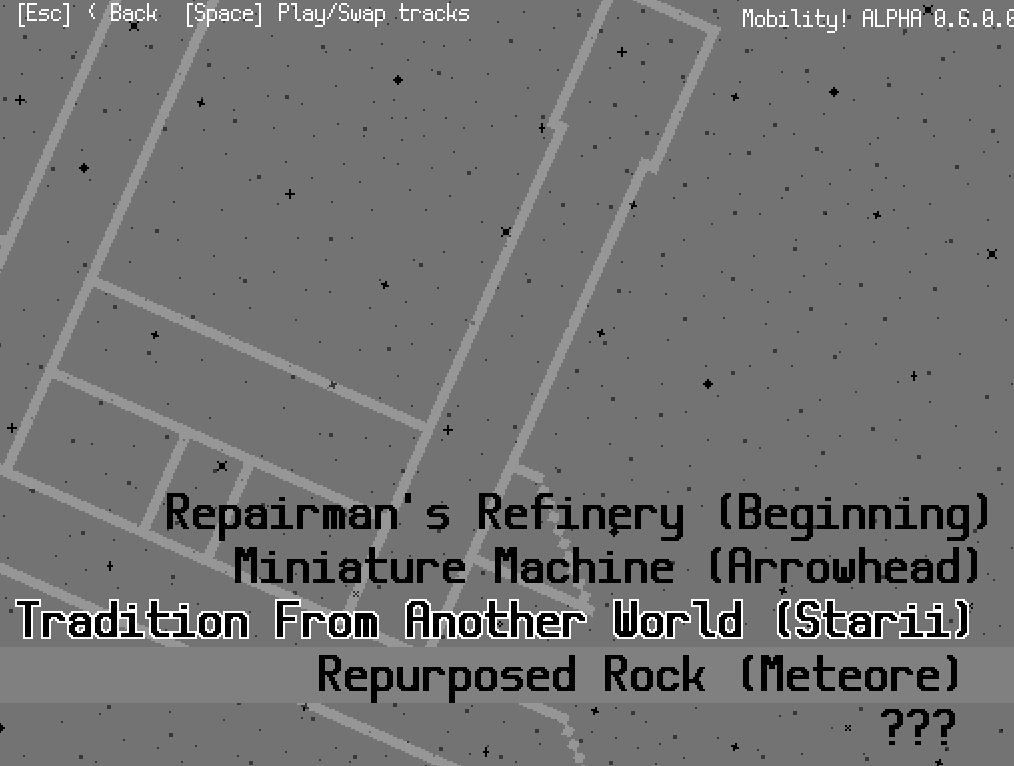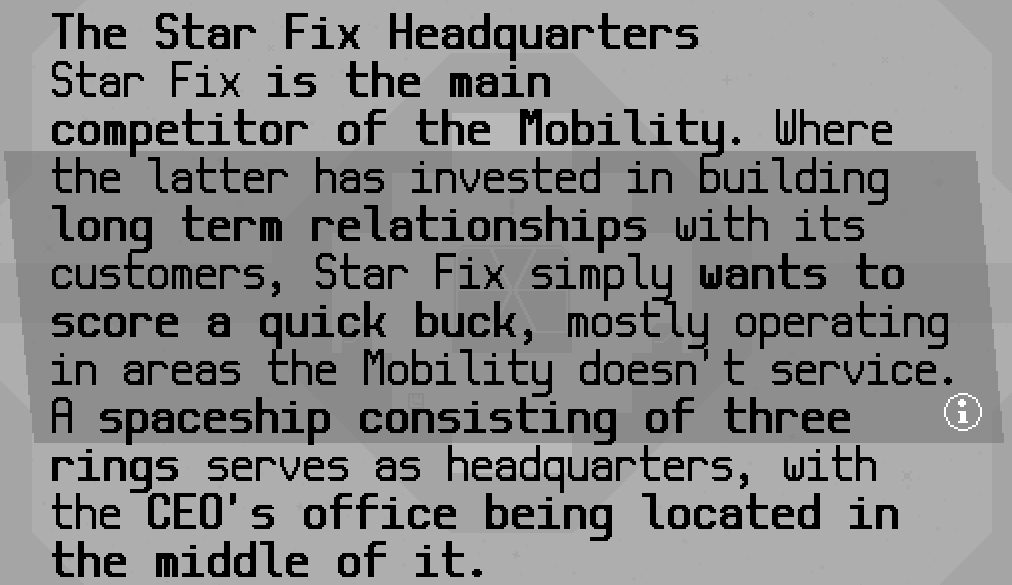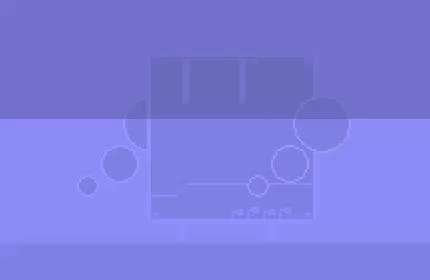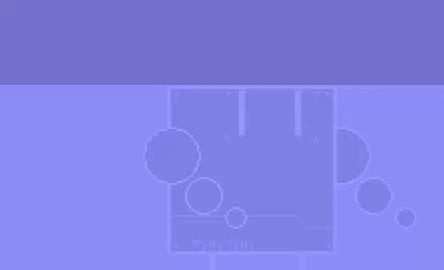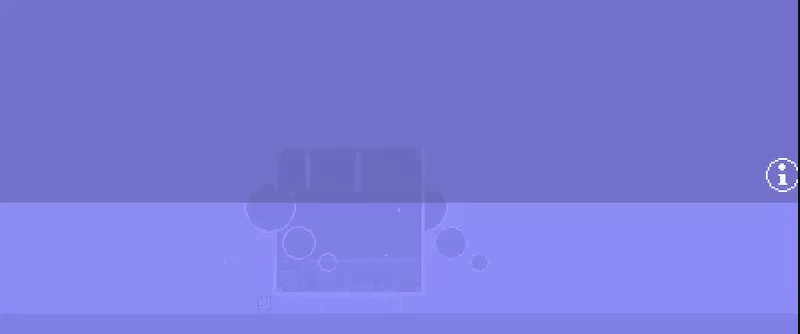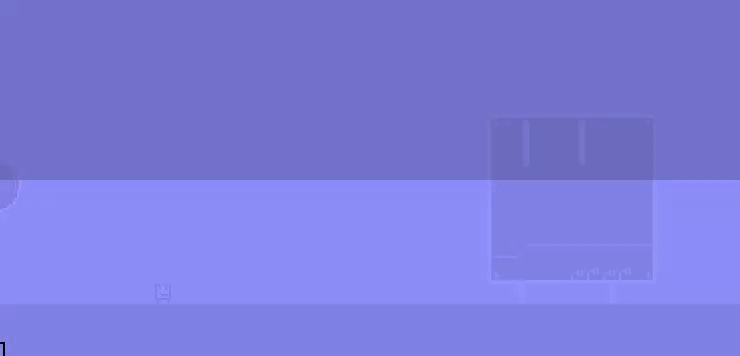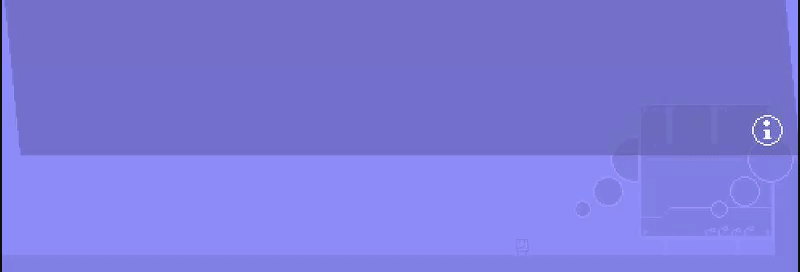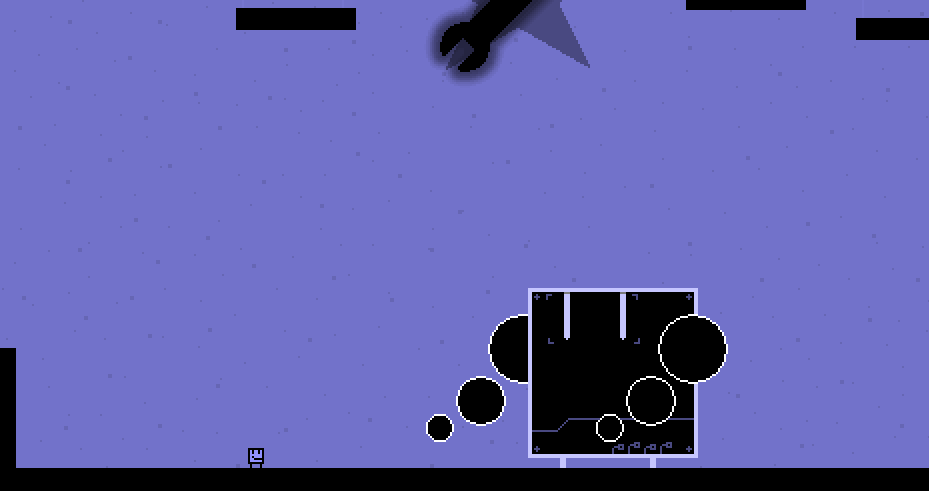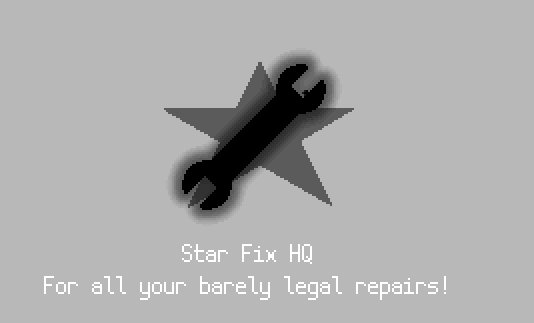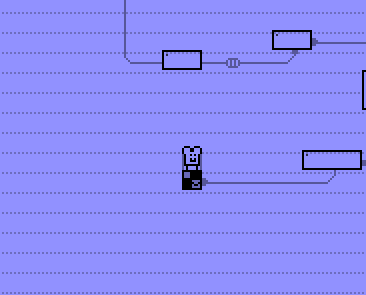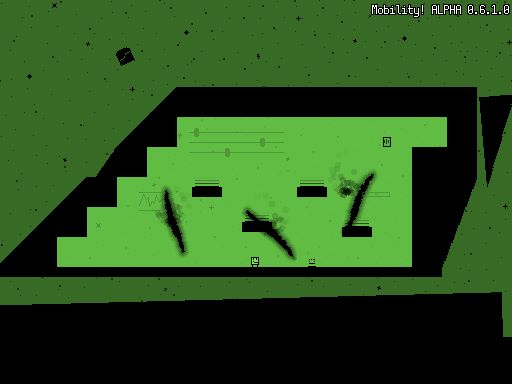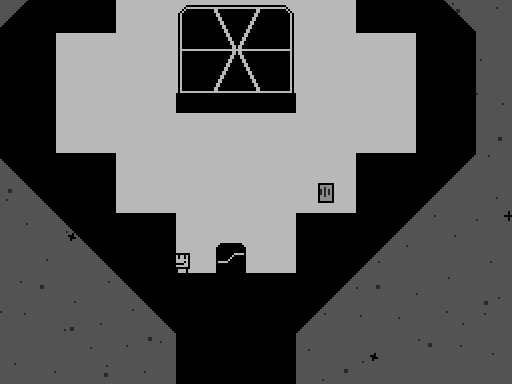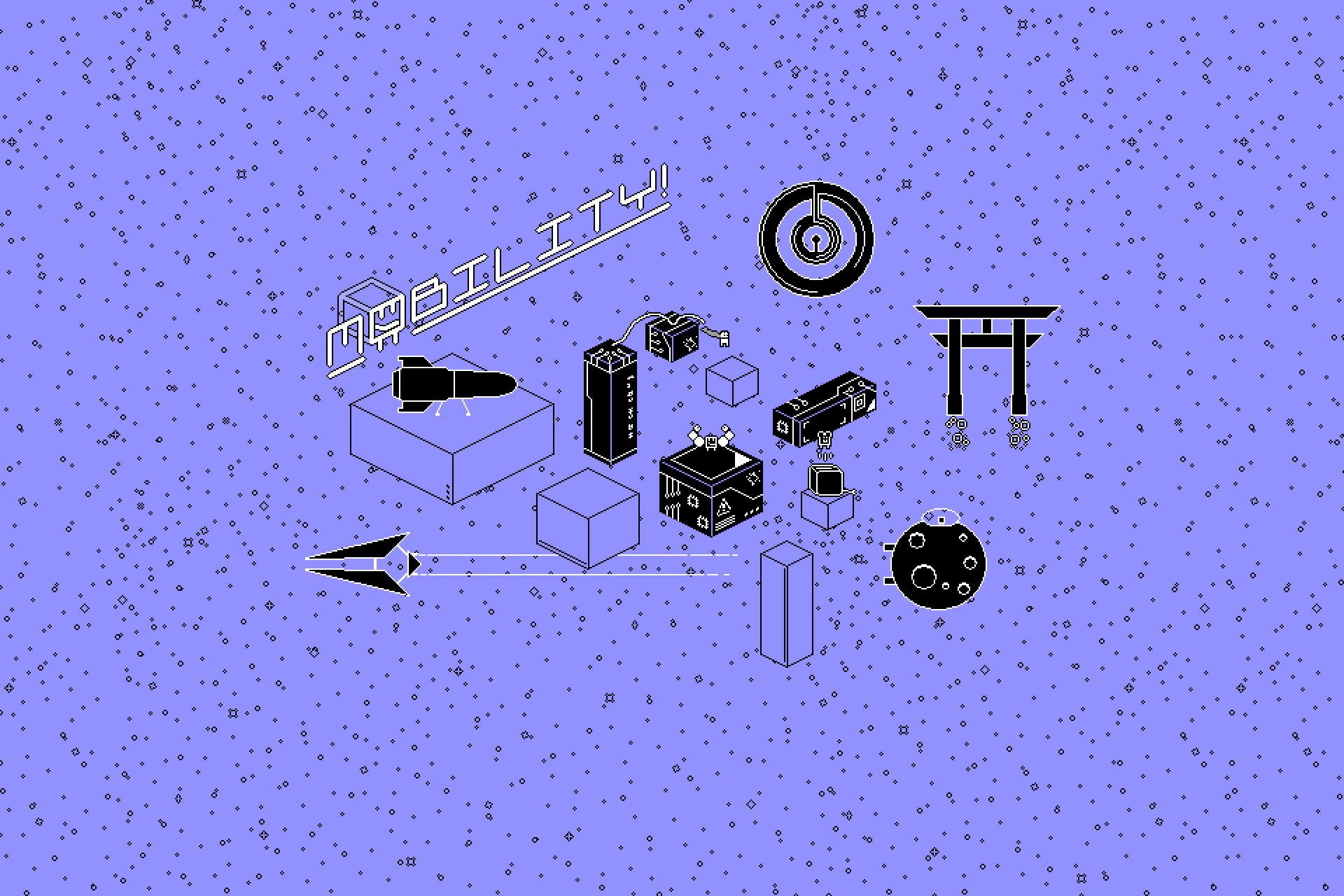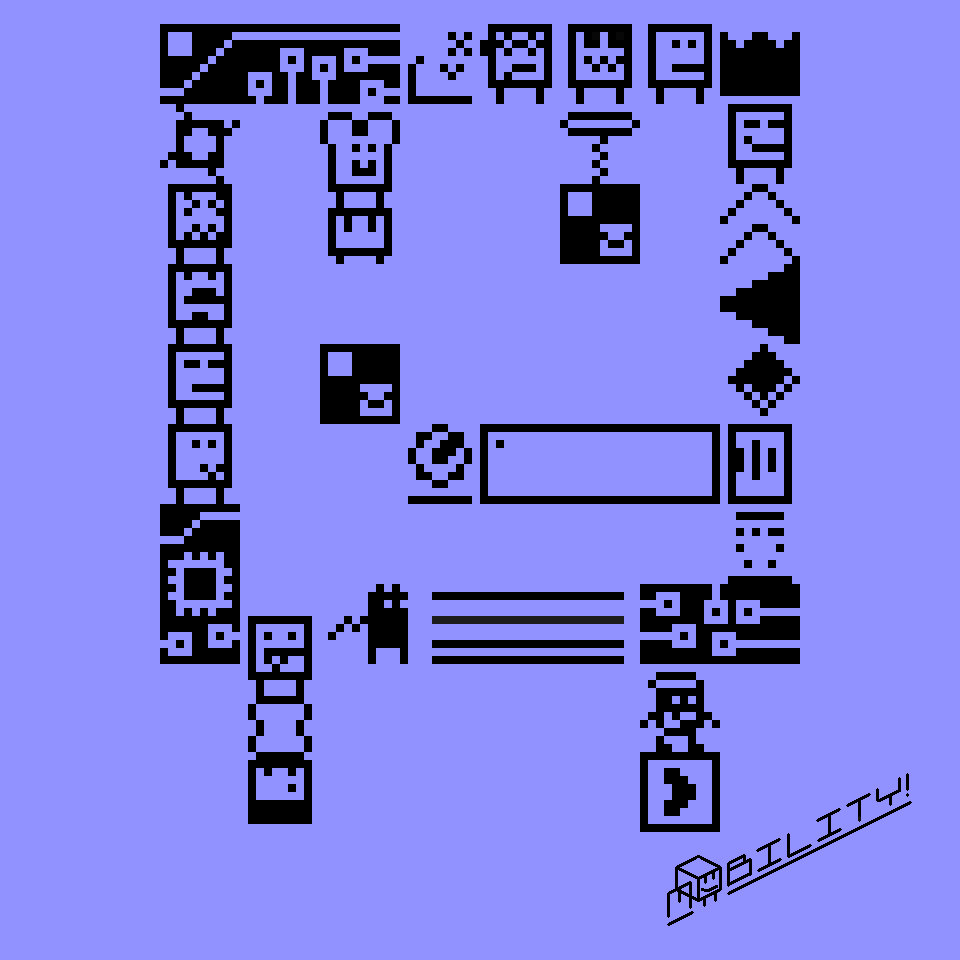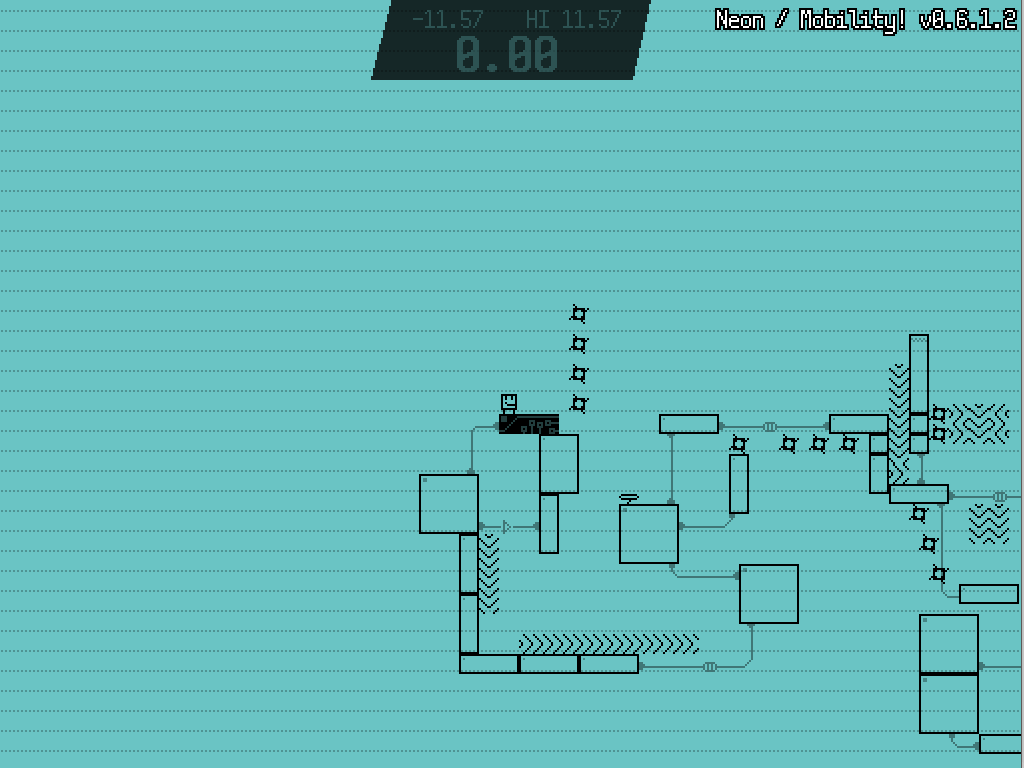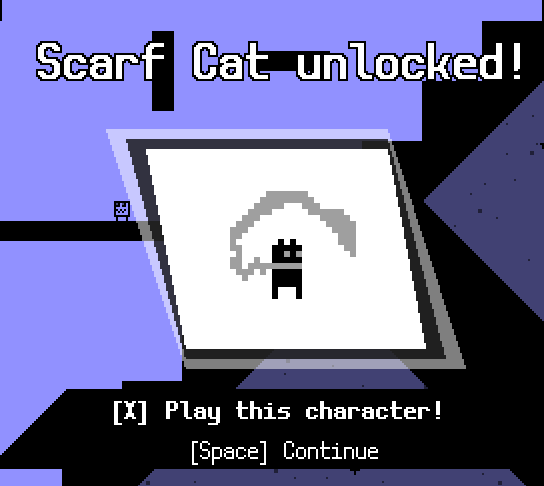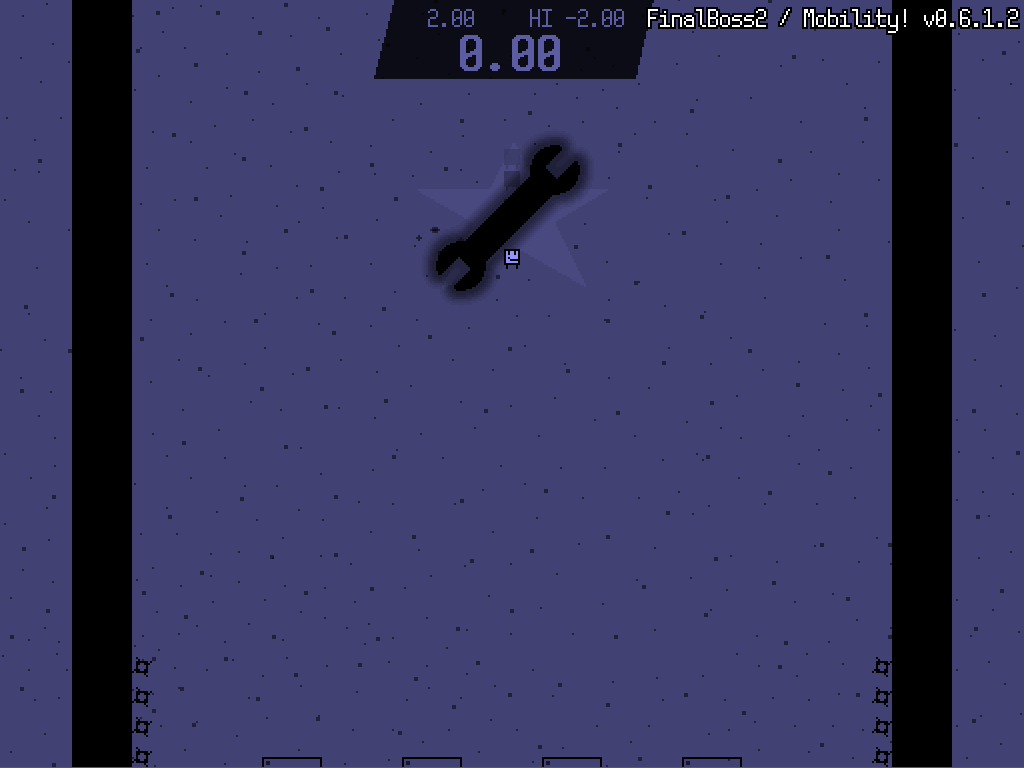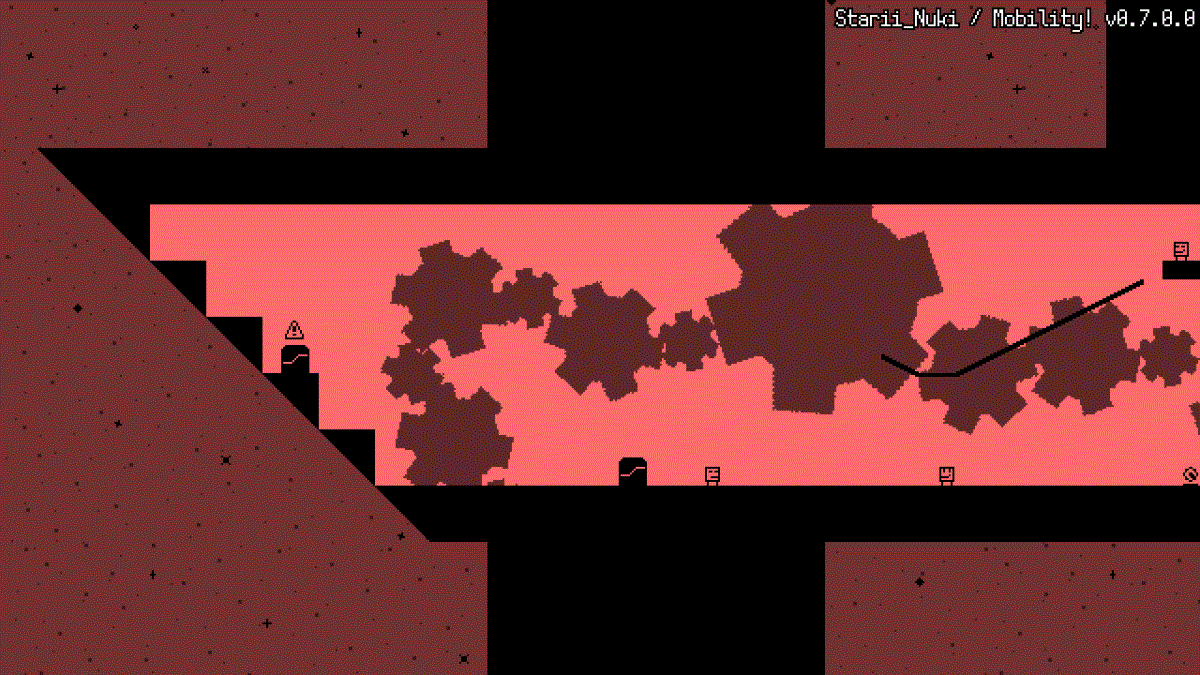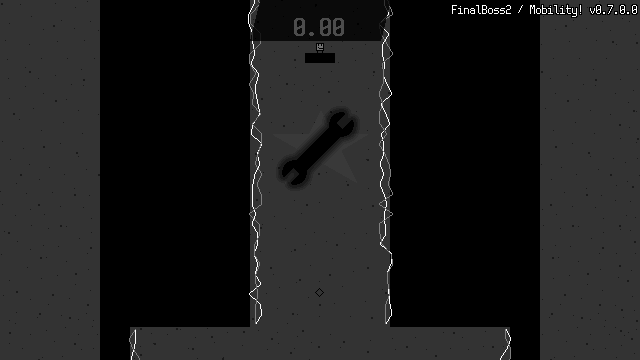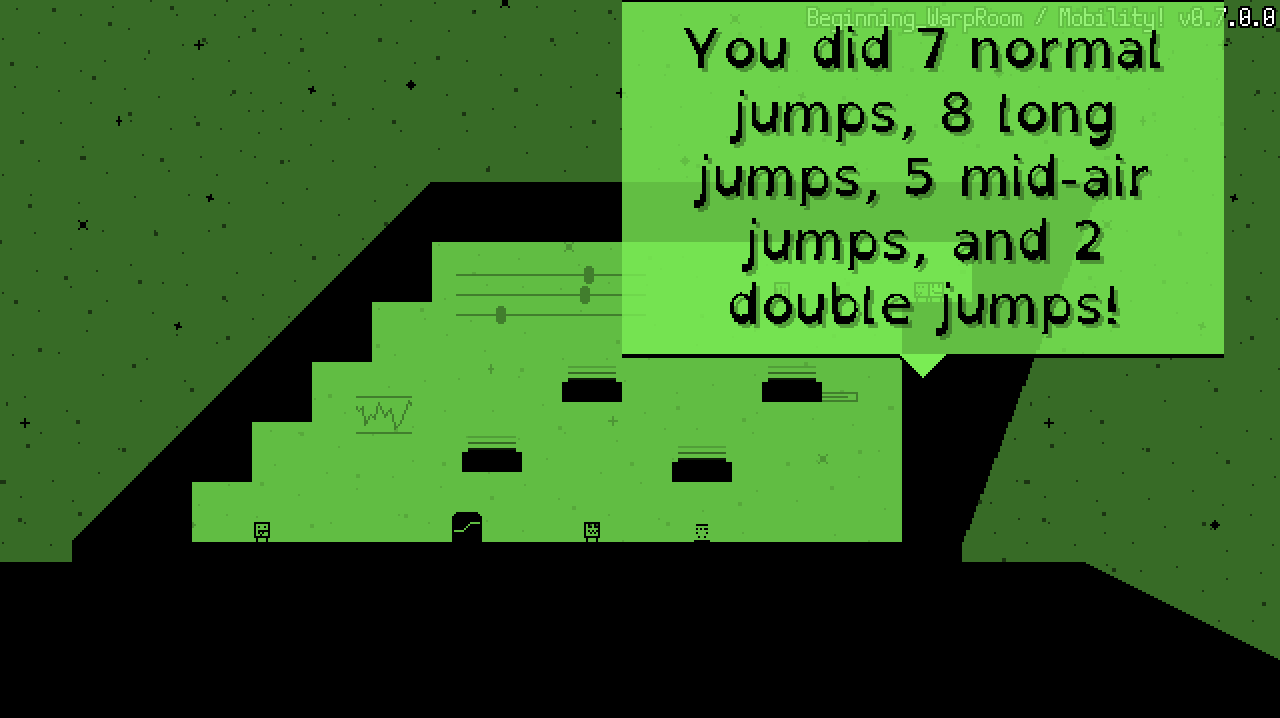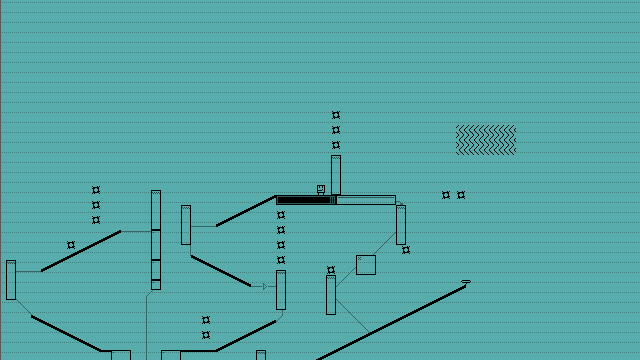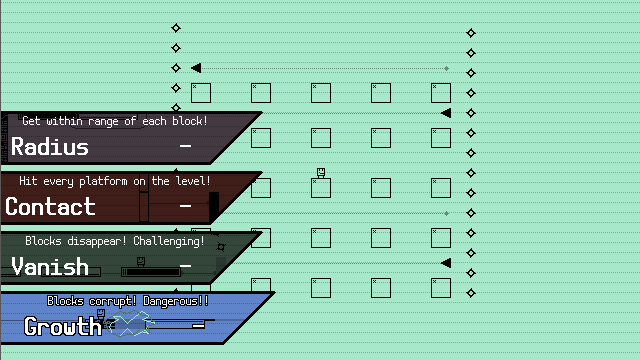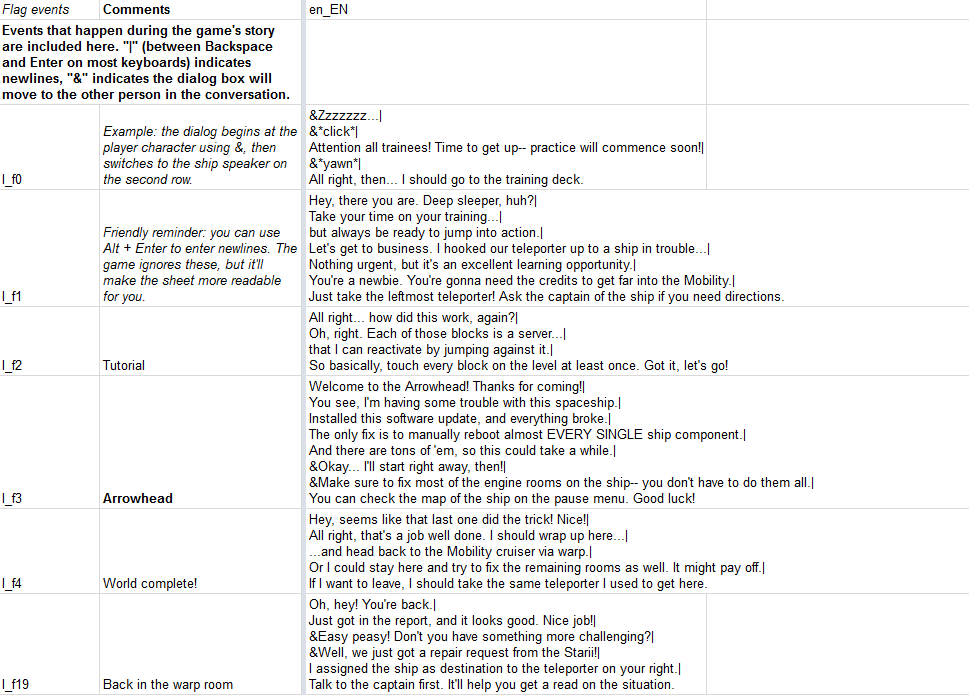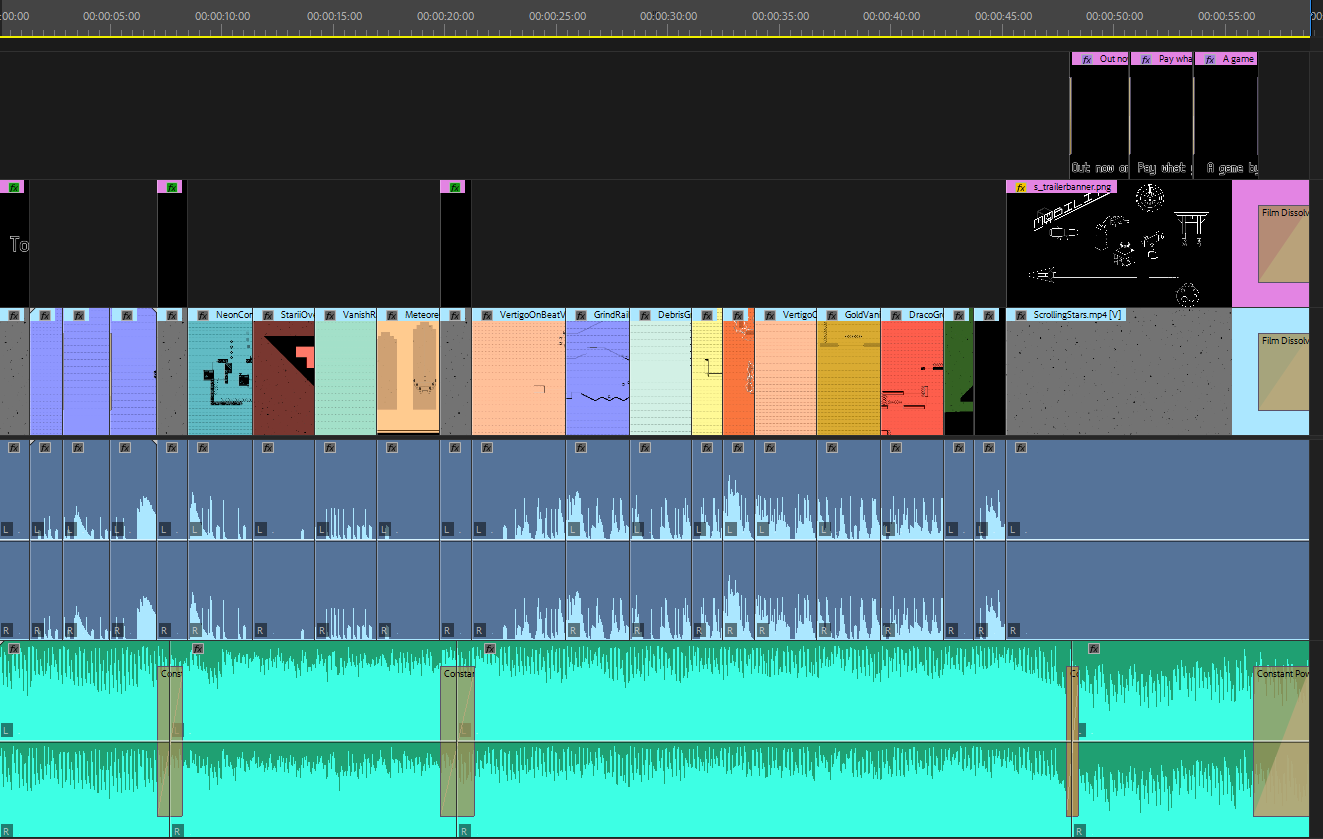Another less active month because I was having quite a hectic month! But now I'm picking up steam again, and since last time:
- I fixed all bugs on the bug tracker. As you might know if you're involved in game dev is that fighting bugs is basically a fight you can never win, but at least I eliminated all known bugs for the time being. (It feels great finally empty that list, by the way!)
- Integrated this cool option menu! I'm sure I expressed this already in this topic, but I'm a huge fan of accessibility in games, and love customization settings in general, and that is primarily why this is necessary. I'll go more in-depth about it once it's more finished, but here's a GIF anyway:
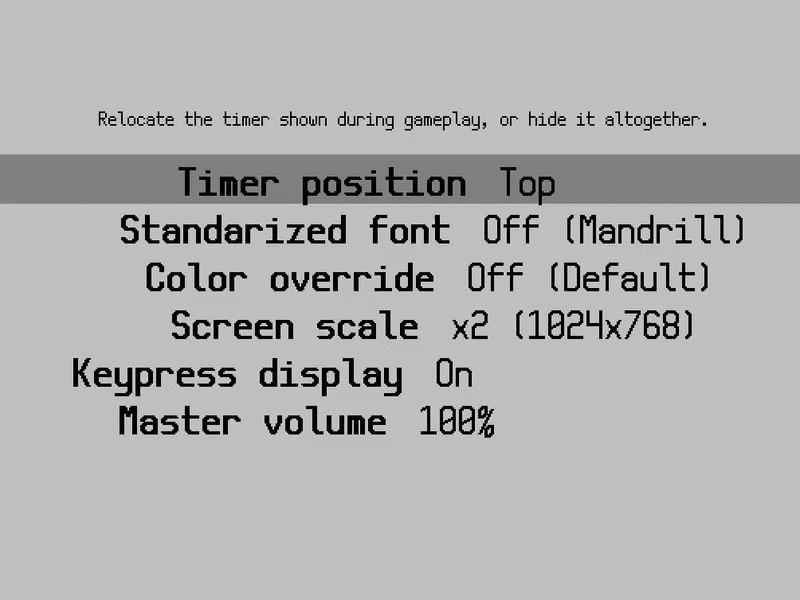
- Soundtrack switching! This is an idea I coined to the musician I'm working together with (the same dude who I worked with on Tahira's Tower for the music). You see this in games like Fire Emblem Awakening and Guacamelee!, where a different variation of the same track plays based on the situation in the gameplay. I thought it would be a cool idea to switch the track between the overworld and the levels, where a chill version of the track plays on the overworld and is replaced with a more pumping track in the level. I got this working in-game today with some initial tracks, and it works and sounds awesome so far, and would love to show you once I have more finalized music.
- I'm planning to expand the overworld with some new spaceships. The current idea is that there are multiple spaceships that the player is tasked to repair, and finishing one by beating the boss or some other event, the ship is fixed and next one unlocks. Also more info about this one soon as it's more fleshed out.
I'm hoping to get posting here back into my habits by teasing all of this stuff here, so see you again soon!



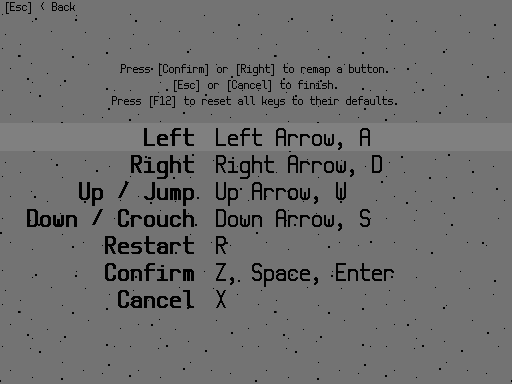

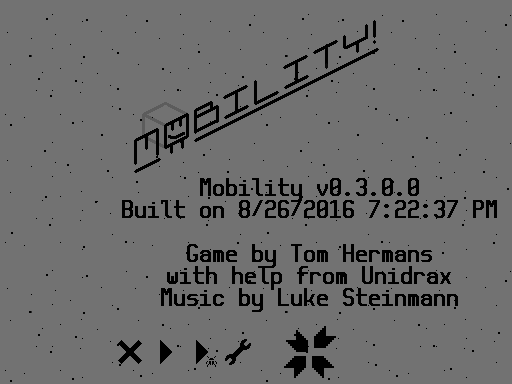
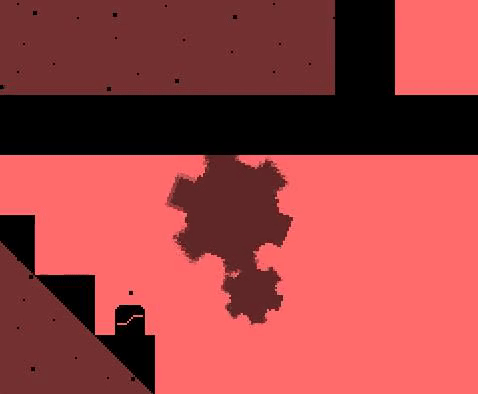
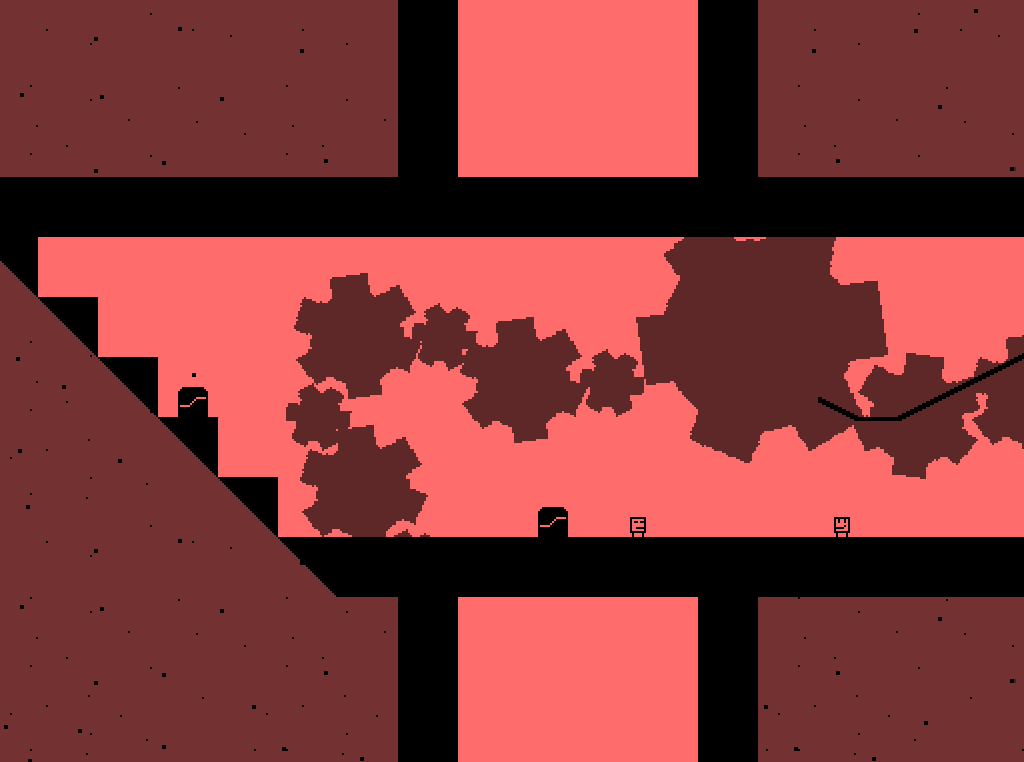
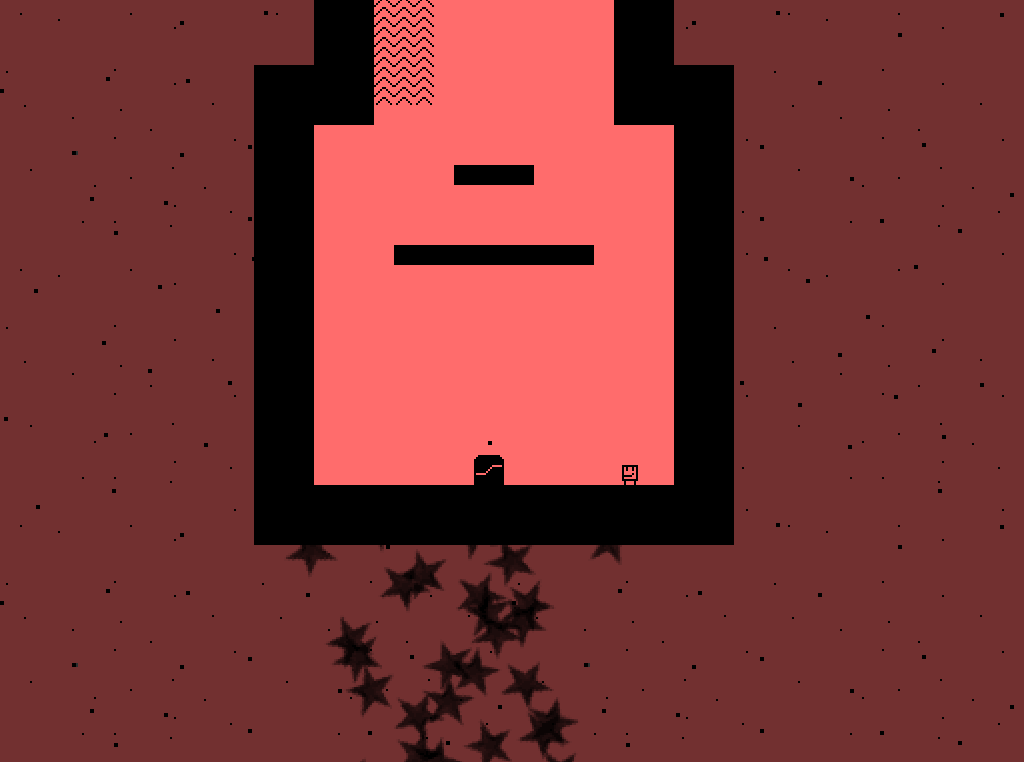
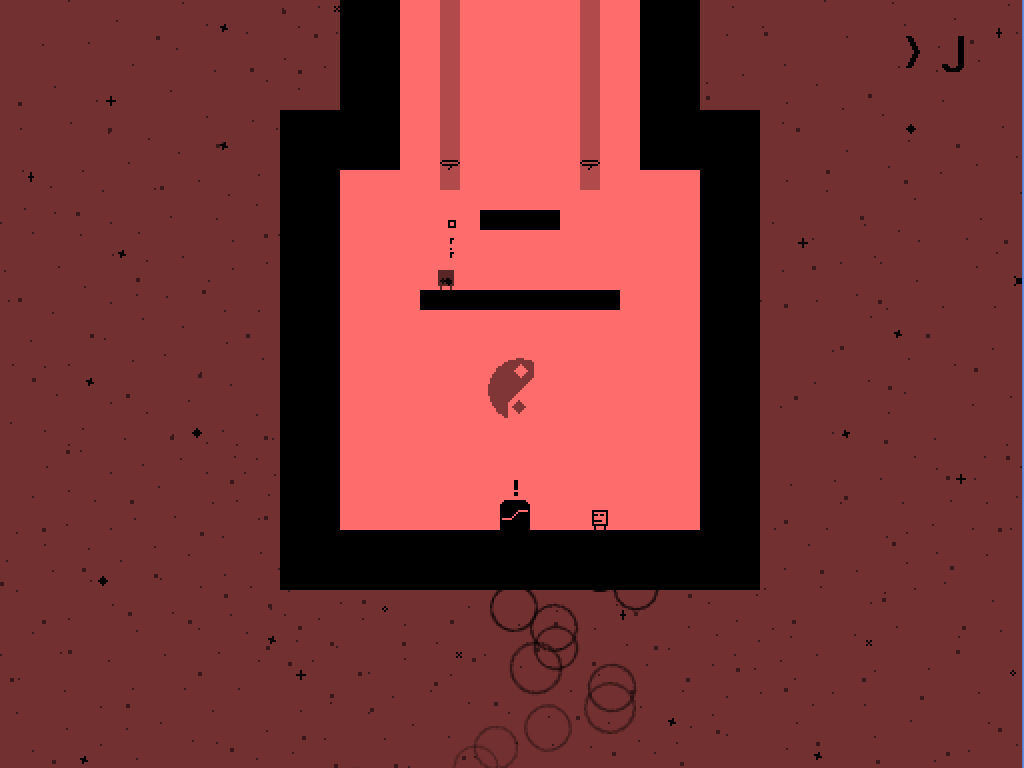
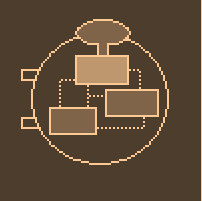

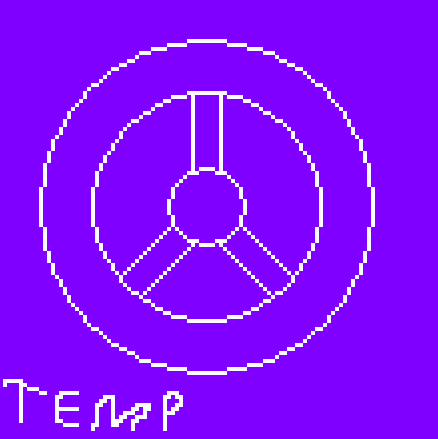


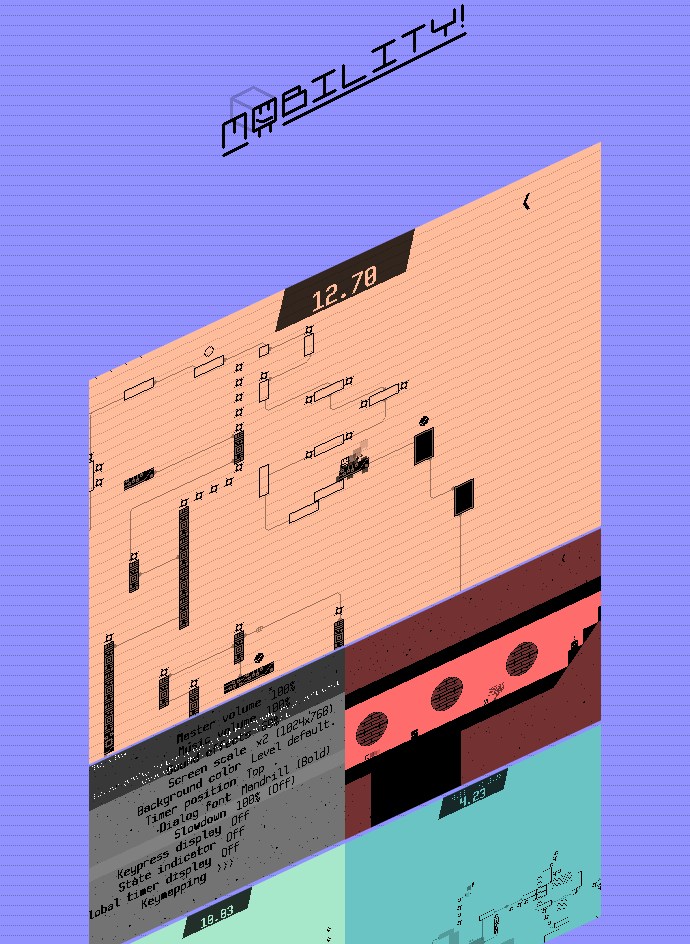
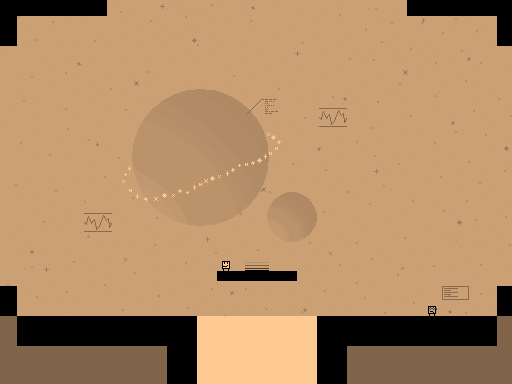

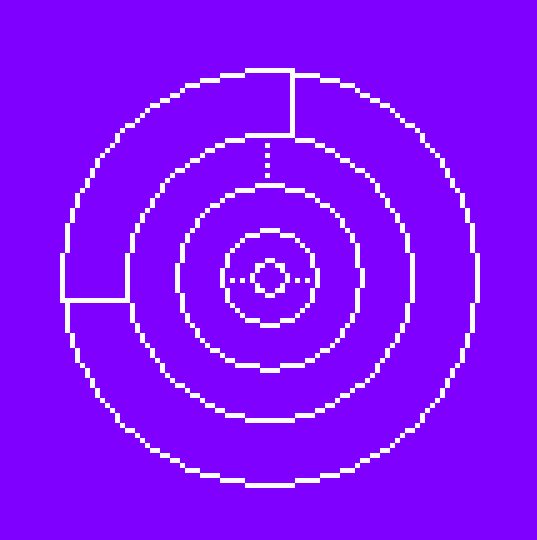
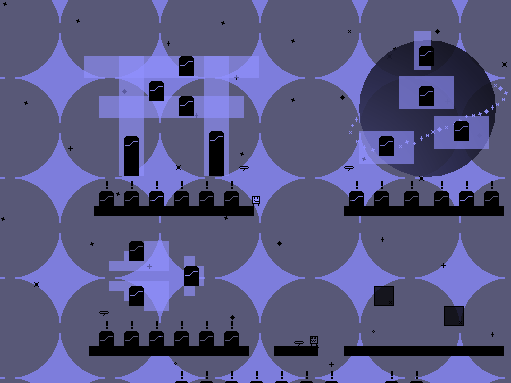
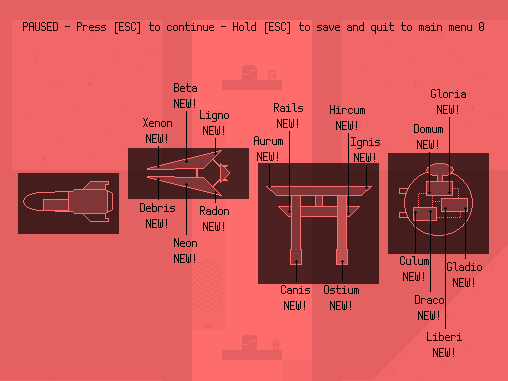
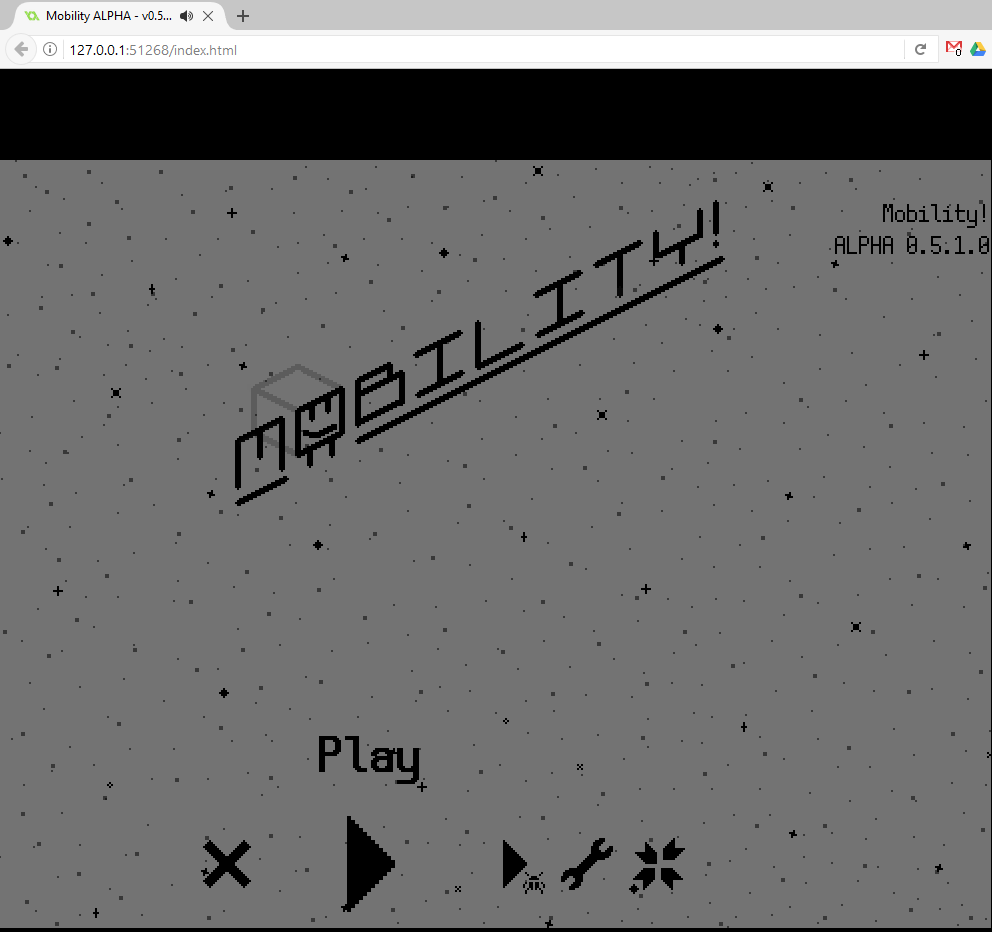 I also think I've made the first browser game to feature remap-able keys! (When I was looking
I also think I've made the first browser game to feature remap-able keys! (When I was looking 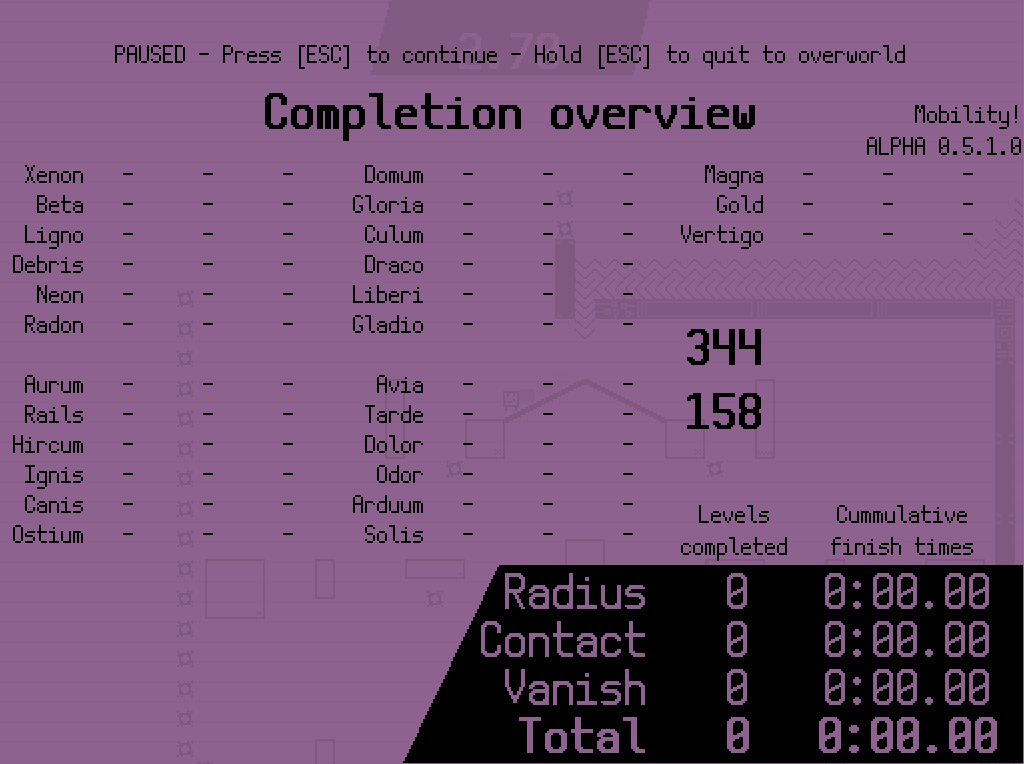
 Every map is aligned neatly now. Spacing could still use a bit of work. I've removed the time from this overview, but since you can open the score overview with just a single button press from here, you can use that instead. The white colors on the lines and text work better on dark backgrounds, but lesser on white backgrounds, so I'm thinking of making the label white or black depending on how dark the background is.
Every map is aligned neatly now. Spacing could still use a bit of work. I've removed the time from this overview, but since you can open the score overview with just a single button press from here, you can use that instead. The white colors on the lines and text work better on dark backgrounds, but lesser on white backgrounds, so I'm thinking of making the label white or black depending on how dark the background is.

